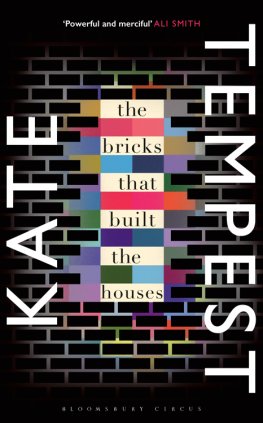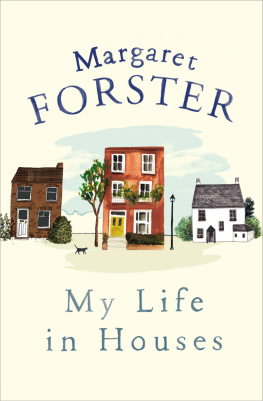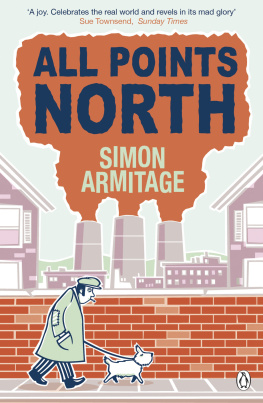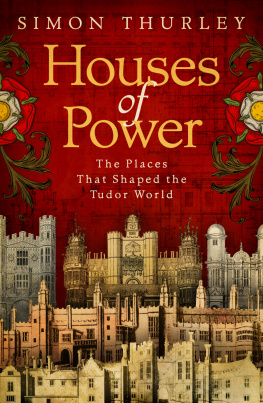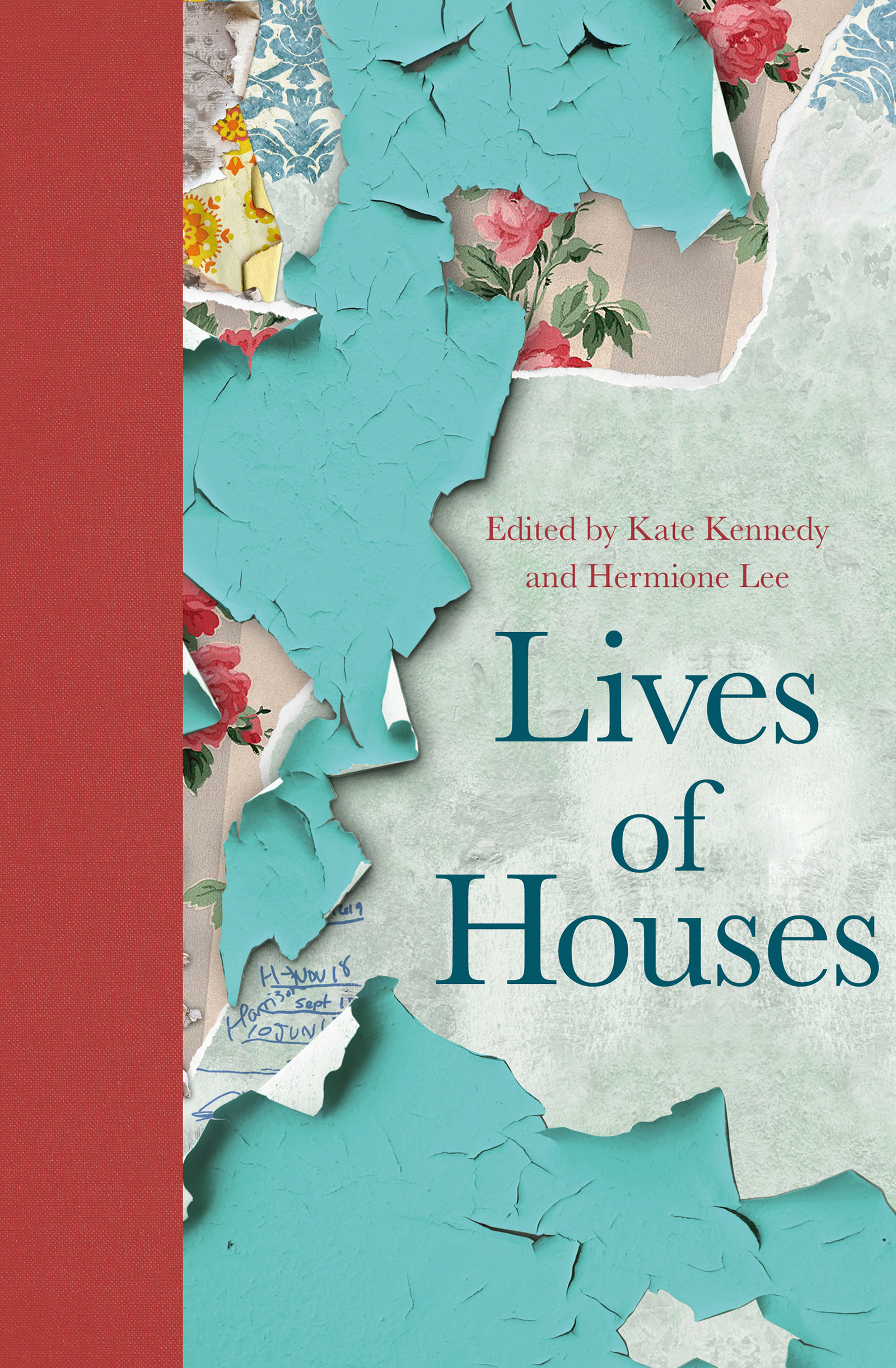whose Dorset Foundation enabled the creation of the Oxford Centre for Life-Writing at Wolfson College
Illustrations
A moonlight flitting
Cowpers Summer House
Cowpers sofa
The cottage in Helpston that Clare left behind
The House of Venus seen from the street
Bronze statue of a fisherman from the House of Venus
Detail of the mosaic of Hylass abduction by the nymphs, House of Venus
Rectified aerial view of the room with the mosaic of Diana, showing the position of the pedestal for the portrait of Juba
Pavillon Colombe
Asheham House
Signpost to Bowens Court
Bowens Court
Orchard House
Dove Cottage, Grasmere, Wordsworths home from 1799 to 1808
Celebrities of the DayLord Tennyson, Poet Laureate
Home Sweet Home
Enoch Arden: The Hour of Trial
Churchill bricklaying
The Red House as it is today
The British Fleet Sighted
Brittens drawing of the location of his new home in Crabbe Street
Britten and Pears playing recorders at a meeting of the Aldeburgh Music Club
An invoice from O&C Butcher
Aldeburgh
Auden and the mailman John
Auden in his apartment
Dr. Johnsons House
In the Shades
Dr. Johnsons House, plaque
Portrait of Disraeli
The drawing room at Hughenden Manor, Buckinghamshire
Uppark exterior
Uppark dolls house
Tono-Bungay and the Uppark dolls house
Dambudzo Marechera in Port Meadow
Gurneys pianos in the City of London Mental Hospital, Dartford
Ivor Gurney in Dartford Asylum
Expulsion from Paradise
Thoor Ballylee
Thomas Sturge Moores cover for Yeatss The Tower
Undated notebook by Stephen Spender
The W. H. Auden Memorial, Kirchstetten, Lower Austria
Audens study in the W. H. Auden Memorial
Display by Peter Karlhuber in the W. H. Auden Memorial
Perspective of the Dome
Sir John Soanes Museum in Lincolns-Inn-Fields: The Sarcophagus Room
Preface
HERMIONE LEE
The writing of lives often involves writing about houses. Bringing a house to life through observation, familiarity, memory, or excavation can be a vital part of narrating the life of an individual, a family, or a group: life-writing as housework. A house can embody a persons childhood, the story of a marriage, an inherited way of life, or a national history. The constructing of a house can be the fulcrum of dreams, ambitions, illusions, and pretensions. How a house is lived in can tell you everything you need to know about people, whether its the choice of wallpaper, the mess in the kitchen, the silence or shouting over meals, doors left open or closed, a fire burning in the hearth. The loss of a house can be a turning point that shapes the rest of a life.
Memoirs or autobiographies often start with the memory of a house. One of Virginia Woolfs first memories was of waking up as a child in the nursery of Talland House in Cornwall, her familys summer home. From that first memory she reconstructs, through colours and sounds and rhythms and fragments, the life they lived in that house, inseparable from her emotions about it. Henry James, setting out on his minutely recalled, fine-tuned, late-life autobiography, opens the book of his life with his faint, glimmering memory of his grandmothers house in Albany, and her reading in it, holding her book out at a distance by the light of a single candle. Eudora Welty, telling the story of what made her a writer, begins with her description of her family house, where, at the time of writing, she still lived, eighty years on: In our house on North Congress Street in Jackson, Mississippi, where I was born, the oldest of three children, in 1909, we grew up to the striking of clocks. The life of a house is, also, a story of time.
Some life-storiesand these can be told in poems, plays, and novels, as well as autobiographies and biographiesare fixed inside one overpowering house, a house that cant be escaped from. Some make their story turn on the moment that a beloved old house has to be left. Some build their life-story on memories, which often include memories of houses, or they imagine the house of troubled inhabitants as a kind of haunted house. Hilary Mantel starts her autobiography, Giving Up the Ghost, on the day she and her husband have decided to sell their second home, a Norfolk cottage where her mother and her late stepfather often came to stay. Looking up, she sees the air move, and she knows it is her stepfathers ghost coming down the staircase. This does not perturb her. She often thinks in terms of haunted houses. Every house you live in involves other, abandoned choices, roads not taken, ghosts from the past. All your houses are haunted by the person you might have been.
That tremor in the air, which reminds you that solid bricks-and-mortar can also be unstable, and that the lives of houses, like everything we know, must pass, is often built into the narratives of houses. Long after the family had left it, Woolf turned Talland House into fiction in To the Lighthouse, and imagines the moment when the long-deserted house might just tip over into becoming a ruin, as houses easily can:
The house was left, the house was deserted. It was left like a shell on a sandhill to fill with dry salt grains now that life had left it. One feather, and the house, sinking, falling, would have turned and pitched downwards to the depths of darkness.
Robert Frosts haunting poem Directive takes you on a journey looking for traces of a house that disappeared long ago and has fallen back into a remote, neglected New England landscape. It is now a house that is no more a house. Yet it might be a place where, in your imagination, you could make yourself at home.


